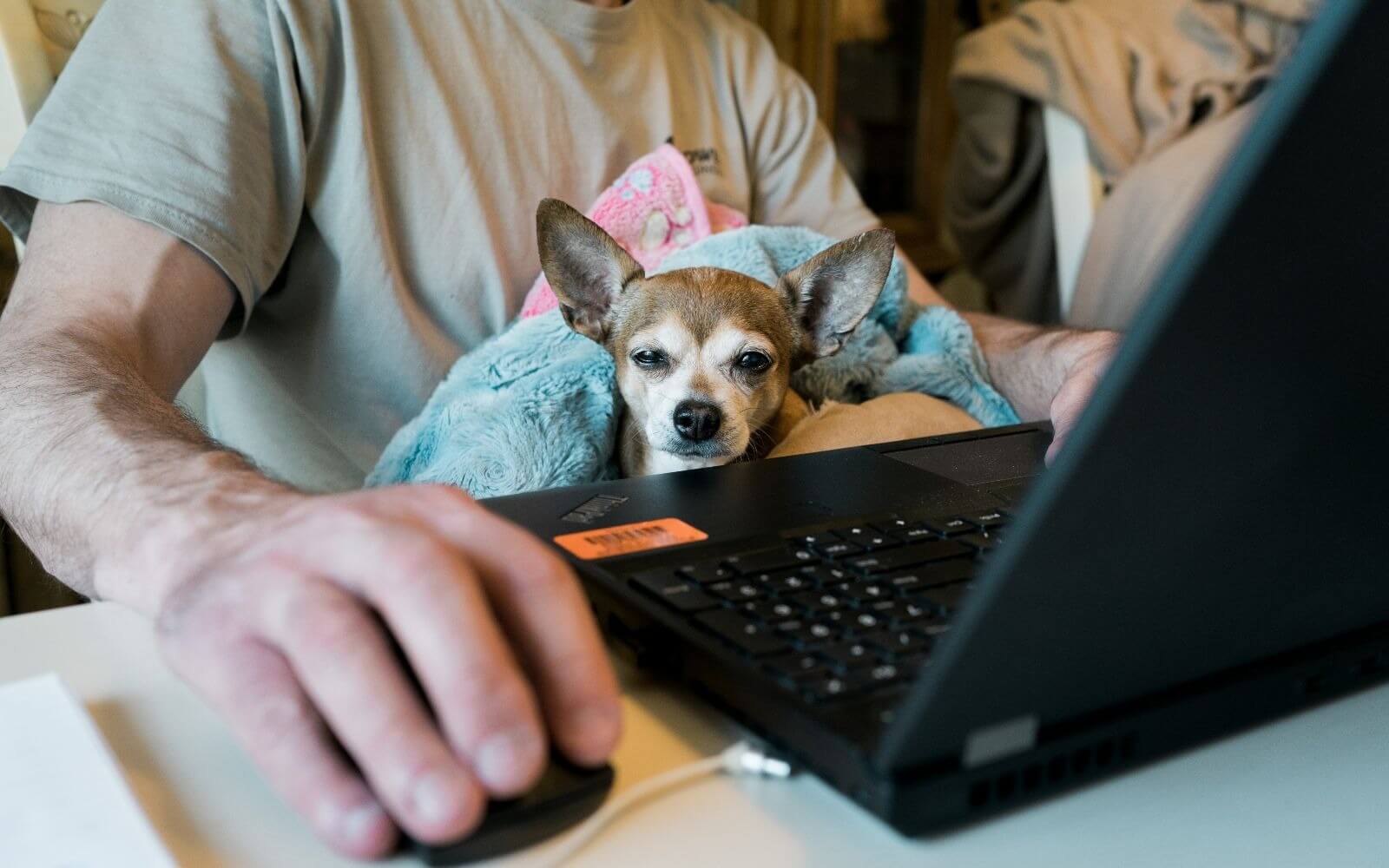Many workers in Britain have now had almost six months without alarm clocks and commuting.
It has been widely reported that more than 80 per cent of workers would prefer to continue working from home. A BBC report in August 2020 identified 50 major UK organisations with no plans for the full-time return of all staff to their offices, and a variety of organisations have made it clear that they are not expecting any staff to return to the office before 2021. That said, as a halfway house, many other businesses and their employees are looking forward to spending at least one day a week together in the office.
The disadvantages of homeworking
Since the UK’s first national lockdown began in March 2020, a number of studies have looked at whether homeworking is effective, desirable and sustainable. While an improvement in wellbeing is generally reported (due to lower travel costs, more leisure time, quality time with family, improved productivity, etc), the downsides of remote working are coming into focus.
Homeworking, it seems, is not ideal for certain aspects, such as:
- collaboration
- project co-ordination and delivery
- team building
- staff development
- new starters
- communication.
Another downside is frequently back-to-back online meetings with no all-important two minutes of whispered corridor decision-making between them. It’s hard to read body language onscreen or roll your eyes with like-minded colleagues where everyone can see you.
It is also daunting to realise that you may never see some colleagues again. Many people miss the social interaction, shared walks and joint lunch breaks. Isolation can weaken the moral of extroverts in particular.
In or out of the office?
So what might a work day at the office look like at the moment? Perhaps catching a half-empty 6.32 train for a staggered start then waiting in a distanced queue to enter the office, passing an automatic body temperature scanner and taking a dual-occupancy voice-activated lift. A quick wave to colleagues through plastic screens before a long day of socially distanced online meetings from your desk. The one-way system means that even if you sit three feet away from the printer, you have to walk round the whole office to pick up your document and you never seem to find the kitchen empty when you want a cup of tea.
That said, homeworking can be even less fun. Two people trying to work on the same table in a one-bedroomed flat is not uncommon. Business confidentiality can be a problem. Poor seating can mean bad backs from hunching over laptops perched on knees. You can see why the space and ergonomically designed chairs of the office beckon.
Not to mention the way that workplace technology pushes relentlessly into the family space. And is the Wifi good enough? Installing business-scale broadband may require landlord permission.
Now that work has taken over the dining room/bedroom/lounge, where can employees relax? One study suggests that the average 1.5 hours saved from commuting has led to an 8.2 per cent increase in the working day, being “zoomed-out” and the feeling that homeworkers are now just eating and sleeping at work.
An employer’s perspective
From an organisation’s perspective, remote working has thrown up unexpected challenges, most of which are linked to technology and security. But there is also a new element of people management.
Organisations are now reassessing their trust in staff they cannot ‘see’ and looking at various metrics to judge whether productivity and creativity have risen or fallen as the Covid-19 crisis morphs into a permanent way of life.
It is easy to think that one-size-fits-all when motivating and monitoring staff. In practice, executives and managers have found that, as in the office, some staff need more detailed instructions and supervision when working remotely, while others are best left to get on with it. Dull tasks are done best in a structured environment; on the other hand, research suggests that too much structure can suppress creativity. There is also an erosion of a sense of belonging, which impacts company culture and increases a sense of alienation. Employees problems can go unnoticed.
Organisations will need to review employment contracts and insurance policies if working from home becomes the new normal.
Better remote working
Some bad results, for example a slump in productivity, often come from not using remote working to its best advantage.
Part of the problem is that many employees depend on pre-existing relationships to get things done. Not being able to reach out to other people in 250+ employee companies for information, experience, support and knowledge reduces their productivity — compounded by lengthening time-chains and response delays. This can transpose an individual’s sense of belonging and “team” into a list of tasks.
To counter this, organisations are encouraged to generate a climate and culture that fosters remote kinship and visibility, given that staff needs, abilities and goals differ.
On the positive side, one experiment found that a four-day-at-home week can increase productivity by up to 13 per cent. Of this, a 4 per cent increase is because staff have fewer distractions (see caveat below) and so perform better, while 9 per cent of the increased productivity is because they work more minutes per shift, take shorter lunch breaks and fewer sick days, and do not waste time commuting. Flexible working hours and patterns also allow staff to choose their own peak performance work times.
However, the findings came with caveats: assuming no children, a dedicated work room that is not a bedroom, quality broadband connections and company-provided IT equipment.
Reasonable ground rules help too, such as staying in touch with daily check-in calls, providing continuous support for those who need it, setting measurable targets and leading by example.
Managers should set the frequency and timing of team communications, indicating when they themselves can be reached by phone, video link or text. It is also good practice to keep an eye on communications between team members (perhaps by using a group chat or asking to be copied into relevant emails) to ensure all necessary information is shared. Offering encouragement and emotional support where appropriate and recognising stress is also important.
Socially social distancing
Apparently, more employees now enjoy video chats while eating lunch, which can help stave off isolation and loneliness. Other companies are organising social online events in the last hour on a Friday, with quizzes and chat. But beware of the blurring of work-home boundaries: one team noted a 52 per cent increase in online chats between 6pm and 10pm.
Given UN data showing that 41 per cent of remote workers exhibit high stress levels compared to 25 per cent of office staff, there are growing concerns that mental health and wellbeing are vulnerable without a strict demarcation between work and home.
Technical solutions here may include software tools which ensure that nightly emails are only sent the following morning. More one-to-one management/staff member meetings can help to remove bottlenecks and draw a line under the working day. Employees should also understand that they do not have to be constantly available.
Conclusion
Remote working in March 2020 was an unexpected experiment that for many companies is now becoming part of — if not all of — the standard work pattern for many employees.
However, some staff do not have the space or set-up to work comfortably at home and some organisations believe that productivity and project delivery rates are negatively impacted by homeworking, with lower levels of staff co-ordination, information and knowledge sharing, poorer team-building and training difficulties. The blurring of homework boundaries is also problematic.
Reviewing how remote working is managed can provide remedies but, despite the hype, full-time homeworking — even where an easy option — is not always the best way of working for every team. The future seems to be more of a hybrid, where there can be some degree of homeworking but the office becomes a space for regular interaction and collaboration. Engagement is crucial.

